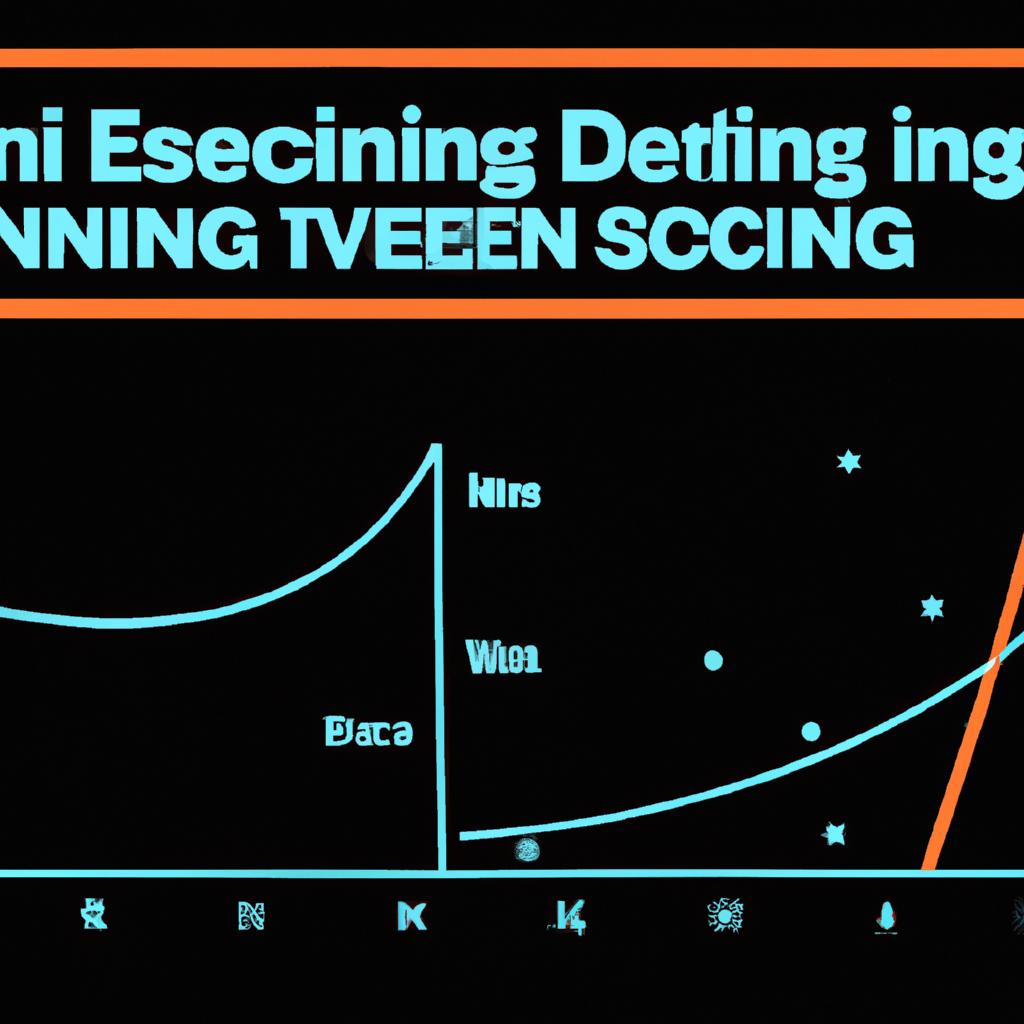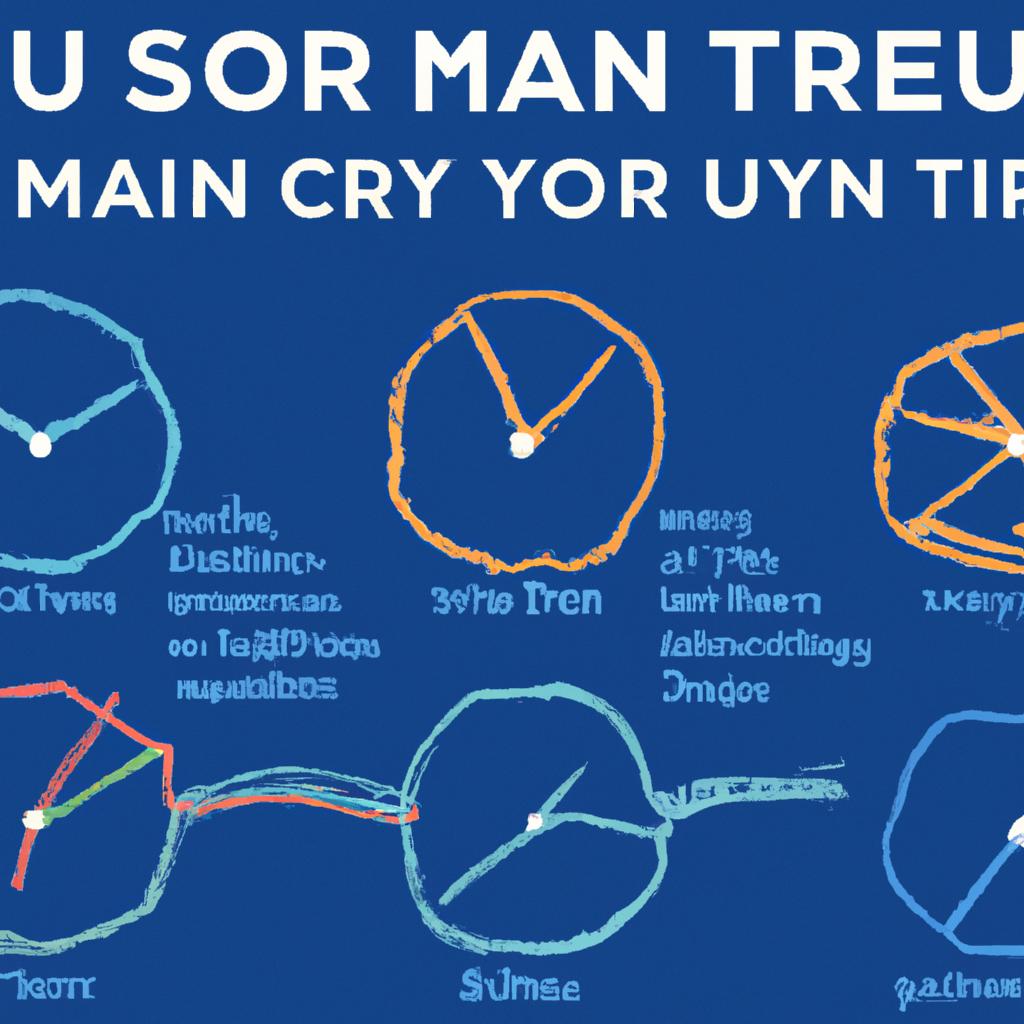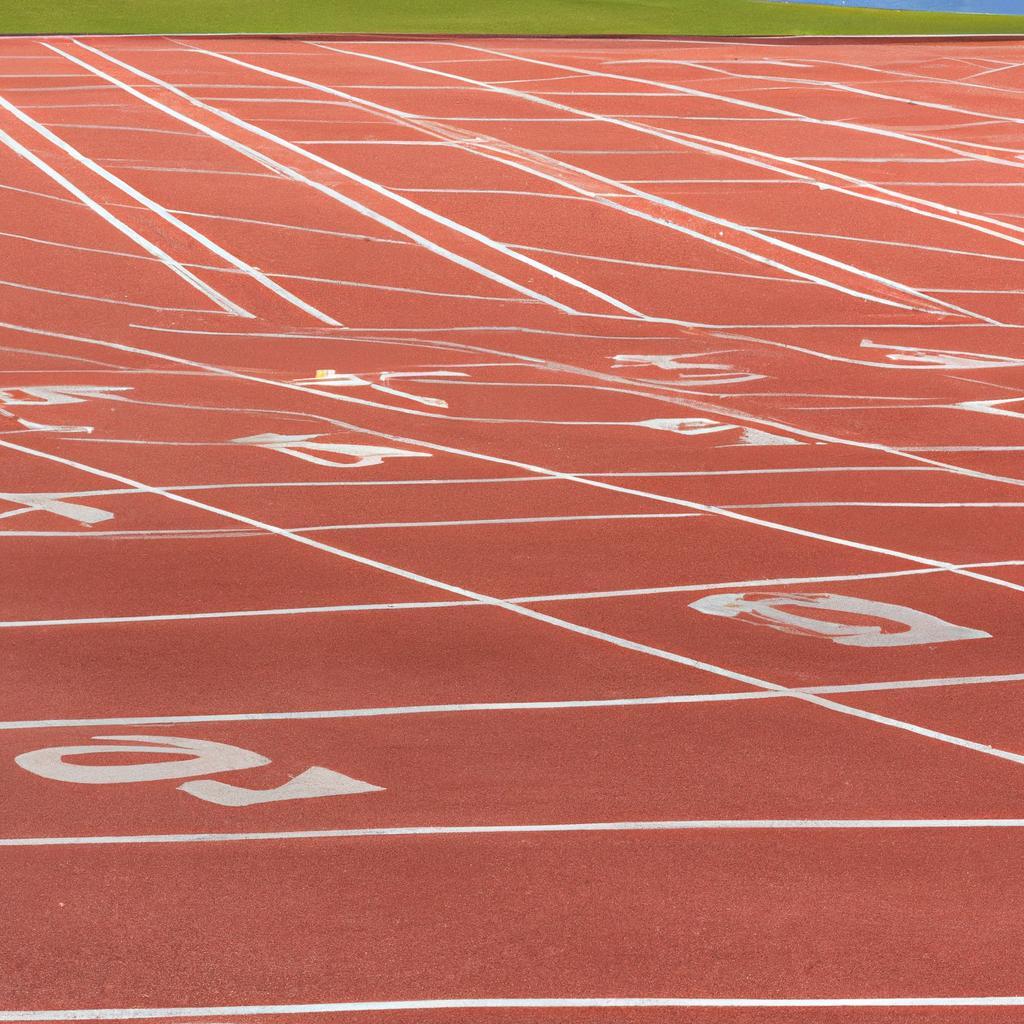As dawn breaks and the world begins to stir, the melodic cadence of running feet can be heard echoing through quiet streets and sun-drenched parks. Conversely, as the day recedes into twilight, a different symphony emerges, one characterized by the rhythmic pounding of soles against pavement, accompanied by the soft whispers of the evening breeze. For runners, the question of when to lace up their trainers—whether to greet the day with a pre-dawn jog or to unwind with a sunset sprint—can spark a spirited debate. In this exploration of “Running Rhythms,” we delve into the physiological, psychological, and environmental factors that influence performance at different times of day. Is it the crisp morning air that ignites our energy, or the cool evening calm that unlocks our potential? Join us as we navigate the contours of these two distinct running times, seeking to uncover which may truly be the ideal moment to hit the track.
Morning Vitality and Evening Endurance: Unpacking the Science of Ideal Running Times
In the quest for optimal running performance, understanding the body’s natural rhythms can enhance both morning and evening workouts. Studies reveal that circadian rhythms play a pivotal role in determining when we might maximize our running potential. For morning runners, the benefits include:
- Increased metabolism which may aid in weight management throughout the day.
- Elevated mood due to the release of endorphins, setting a positive tone for daily activities.
- Improved focus as running in the morning helps clear mental fog.
Conversely, evening enthusiasts can leverage their body’s peak strength and endurance levels, with advantages such as:
- Enhanced muscle temperature, reducing the risk of injury.
- Greater flexibility as muscles are more pliable after being active during the day.
- Stress relief from the day, turning a run into a soothing ritual.
Ultimately, the choice of when to run should align with individual preferences and lifestyle, facilitating personal vitality and endurance gains.

Tailoring Your Run: Optimizing Performance with Circadian Rhythms and Personal Schedules
Understanding your body’s natural rhythms can significantly enhance your running performance. By aligning your training with your circadian cycle, you can tap into peak energy levels and recovery phases. To effectively tailor your running schedule, consider the following:
- Morning Sessions: Ideal for early risers, morning runs may boost metabolic rate and set a positive tone for the day.
- Afternoon Pace: This time often corresponds with heightened body temperature and muscle flexibility, potentially reducing injury risk.
- Evening Excellence: If you’re a night owl, running in the evening can provide an escape from daily stress and enhance endurance by leveraging your accumulated energy.
It’s also valuable to assess your weekly commitments and individual energy peaks. A simple schedule comparison can provide insight into optimization:
| Day | Preferred Time for Running | Energy Level (1-10) |
|---|---|---|
| Monday | Evening | 8 |
| Tuesday | Morning | 7 |
| Wednesday | Afternoon | 9 |
| Thursday | Evening | 6 |
| Friday | Morning | 8 |
| Saturday | Afternoon | 10 |
| Sunday | Morning | 5 |
By evaluating when you feel your best and aligning your workouts accordingly, you can harness your unique biorhythm for optimal running results, encouraging consistency and enjoyment in your routine.
Wrapping Up
the choice between morning and evening for your running routine ultimately comes down to individual preference, lifestyle, and body rhythm. While the dawn’s gentle embrace might awaken the most vibrant runner in you, the twilight hours could offer a serene backdrop to chase your personal best. As you lace up your shoes and prepare to hit the track, consider not just the time of day, but the spirit and intentions you bring to your run. Whether you find solace in the quiet of the early morning or the calm of a setting sun, remember that every step taken is a step toward your own personal journey. So, embrace what works for you and let the rhythm of your run guide you to new horizons, one pace at a time.










Leave a Reply